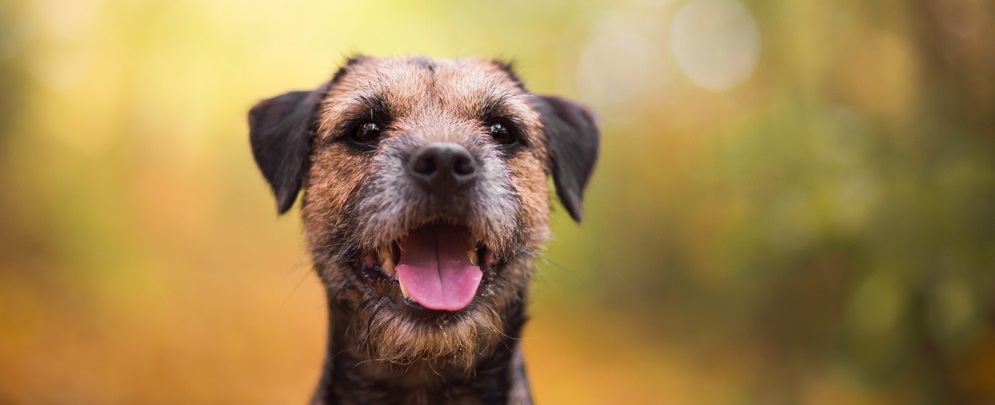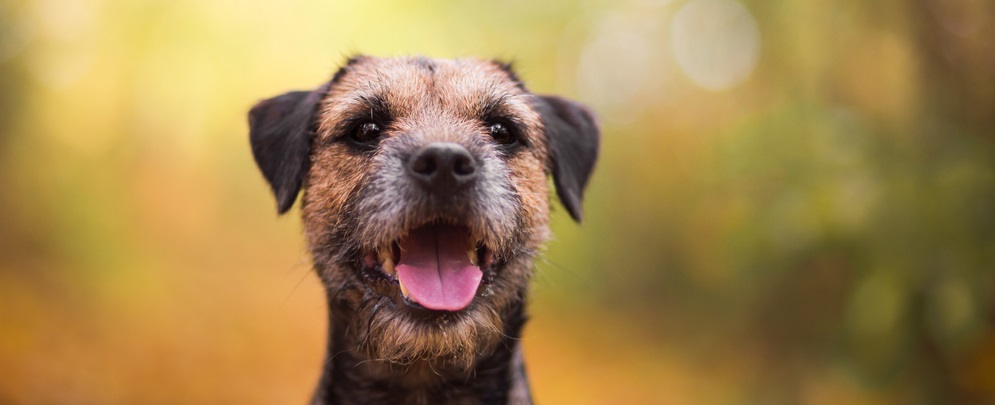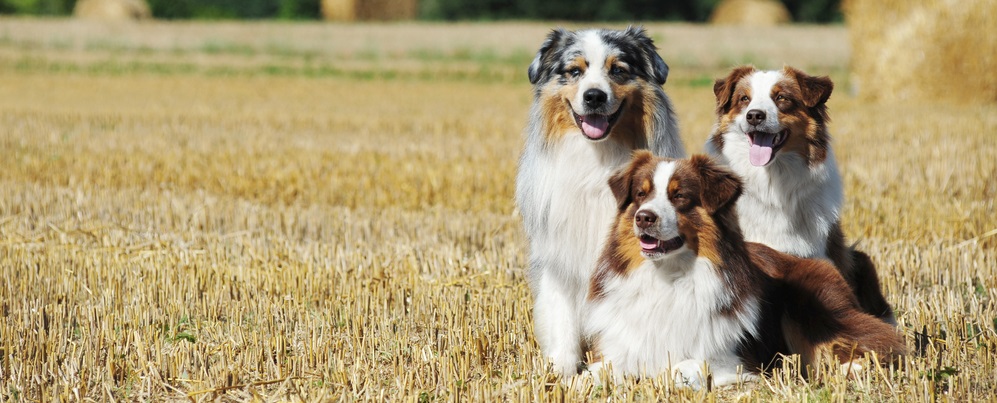Just because you don’t have a show dog doesn’t mean you can’t give your pup the show dog treatment. Showing off a gorgeous, glossy coat at the dog park is just as important as showing it at the Westminster Kennel Club—even if there aren’t as many spectators.
The reason being is that a healthy coat is indicative of a healthy dog. So even if you aren’t going after hair envy, you definitely want your pup to be at its healthiest, whether it’s a short-haired Boston terrier or a shaggy Afghan hound.
Here are seven areas of pet hair care for your dog’s coat across age, breeds, and size.
#1 How to Make a Dog’s Coat Shiny with Diet
Wondering how to make a dog’s coat shiny? Well, beautiful fur begins from the inside out. As much brushing and washing as you do, you won’t get beautiful results if your dog isn’t eating the right meals.
Opt for a diet high in protein, fat, and Omega-3s. Some owners may choose high-quality kibble, while others choose to feed their dogs a “raw” diet of meat, fish, and other pup-friendly foods.
Whether you’re going with kibble or meat, however, there’s a way to ensure your dog is fully benefiting from the food they’re eating. That’s with a supplement specifically made for your dog’s age. Whether they’re a puppy, adult, or an aging dog, you can discover a helpful supplement to support your dog’s wellbeing.
Vetericyn’s ALL-IN chewables are carefully formulated supplements that contain all the key nutrients your pup needs to promote digestive, bone, mental, immune, and cellular health. It also supports:
- Healthy muscle recovery associated with exercise
- Healthy bone turnover, joint function, and lean muscle mass
- Behavioral balance and optimal cognitive function
- Digestive process and growth of beneficial bacteria in the GI tract
- Absorption of minerals
- Natural defenses for healthy immune function
- Cells against free radical damage
So, in addition to seeing healthy skin, supple paws, and a shiny coat, you can ensure you have a happy, healthy dog.
#2 Hydration
If you have been asking yourself “why is my dog losing hair?”, check your dog’s water bowl! Your average dog needs at least an ounce of water per day per pound of body weight.
Good hydration supports joints, organ function, and healthy blood flow which helps to produce beautiful fur. Without enough water your dog’s skin may become dry, leading to more scratching and more hair loss.
#3 How to Stop a Dog from Shedding with Exercise
Curious how to stop a dog from shedding with exercise? Whether your pup is a natural couch potato or always ready to play fetch, make sure they’re getting enough fresh air and exercise. Just like with humans, a lack of exercise in dogs can cause stress. The hormones in stress alone can cause hair to fall out, as well as the biting, licking, and scratching your dog may be engaging in as a fidgety filler behavior.
When in doubt, grab that leash, pack your dog’s favorite squeaky toy, and head out to the dog park with your pup.
#4 Mental Health
Hair loss can be attributed to stress—which, as mentioned, can be due to a lack of exercise. But lack of exercise is only one potential cause of stress.
Your dog’s mental health plays a part in how much they’re shedding or licking and pulling their hair out. Dog breeds prone to anxiety include German Shepherds, Australian Shepherds, and Labrador Retrievers, though any dog can experience anxiety.
To combat this, establish a daily routine with your dog so they know what to expect. Feeding, playing, brushing, and exercise can happen on a schedule that works for both of you to maintain inner zen. A quiet, calm environment also helps to keep your pup feeling peaceful.
#5 How to Get Mats Out of Dog Hair With Grooming and Brushing
Grooming and brushing are great ways to enhance your dog’s hair health from the outside.
Regular brushing and grooming removes dirt and dead hair. It detangles their hair, preventing pesky and painful mats from forming. It beautifies, bringing natural oils on your dog’s skin to the surface for a healthy shine. And best of all, it feels great! Sure, you give your pup frequent belly rubs; brushing is like a full-body massage from tip to tail.
Before you start, ensure that you have the right tools and techniques for your dog’s hair type.
Short Hair
Short-haired dogs still need frequent brushing, even if they don’t shed as much as their shaggy counterparts. Common short-haired breeds include Terriers, Basset Hounds, Chihuahuas, and Dalmations. The most common brushes used are:
- Slicker Brushes – These brushes have thin, wiry bristles, often bent at the end. Brush gently! These brushes can be sharp on the skin, especially when the fur is so short.
- Deshedding Brushes – Deshedders look like a fine metal-toothed comb and remove the fur’s surface layers. The Furminator is a commonly used deshedding tool.
- Bristle Brushes – Often, a bristle brush for dogs can look similar to a human hair brush. Their short, densely packed bristles are often made of boar hair. These are best used for the last step of grooming, smoothing over the fur and giving a glossy finish.
Medium Hair
Breeds with medium-length coats include the Australian Shepherd, Border Collie, and German Shepherds. These dogs benefit most from slicker brushes and frequent trims where hair gets long quickly, around the ears, eyes, under the paw pads, and anywhere else you see unevenness.
Long or Curly Hair
No need to be daunted by dogs with long hair. More hair just means more to love, and more brushing to keep them healthy, happy, and beautiful. Common long-haired breeds include Poodles, Sheepdogs, and some Golden Retrievers. The best brushes for long-haired dogs are:
- Undercoat Rake – A heavy-duty brush, this one looks like a hand-held rake you use to collect leaves. This tool is perfect at reaching into the undercoat of dogs that shed their winter coats for the coming season.
- Slicker Brush – This ever-versatile brush works just as well on long-haired dogs as it does on short and medium haired dogs.
- Porcupine Brush – A hybrid brush that mixes the short, packed style of the bristle brush, with the added knobbly pins of a pin brush. Perfect for detangling and de-matting, it even reduces static in your dog’s coat.
Fortunately, lots of these brushes come in many styles that suit your lifestyle. There are bamboo brushes, round curry combs, flea combs, and so much more. Don’t be afraid to try all the options and spoil your pup.
If you have a puppy or if your dog is a new addition to the family, it’s good to develop a routine. Some dogs need brushing once a day, others several times; it all depends on their coat length and thickness.
Start grooming your dog on a schedule so they get used to the sensation. If your dog is squeamish around brushing, make sure you’re not hurting them, and reward them with lots of treats, affection, and positive affirmation.
#6 Protection
Frequent biting, licking, and scratching can be a sign of something other than dehydration and stress. Pay close attention when you brush your dog and look out for signs of fleas, ticks, and parasites. Even if you’re giving your dog monthly flea treatments, they’re at risk if they frequently explore the great outdoors.
If the biting and licking isn’t a bug issue, take your pup to the vet. They may have allergies, dandruff, or another skin condition that is causing the problem and keeping their coat from looking amazing.
#7 Bathing
Think of your own hair. You feel at your best when you find that perfect washing schedule and that conditioner that makes your locks bounce and shine. The same goes for your dog—make sure you’re giving them baths with the best shampoo.
Before washing your dog, perform a good brushing. This gives a surface cleaning and removes much more fur that way. It’s doubly important to brush before a wash when your long haired dog has or is prone to fur matting. If you wash your dog while it has mats, they can get even tighter and more tangled.
Whether you’re giving your dog their monthly wash or just a quick cleaning after a particularly muddy hike, you can’t go wrong with Vetericyn FoamCare® Pet Shampoo. This cleanser is suited for all coat types, but this high-quality shampoo comes in different formulas to choose from for your dog’s needs:
- FoamCare® Pet Shampoo is suitable for all coat lengths and needs. There’s even a specialty formula for thick fur and longer coats, with extra conditioning power.
- If your dog suffers from dermatitis, itching, hot spots, dry skin, or other dermal conditions, Vetericyn FoamCare® Medicated Pet Shampoo treats and relieves symptoms.
Our line of shampoos are hypoallergenic, pH balanced, and super conditioning. They also deliver nourishing nutrients that your pet’s coat needs to shine. Just spray, scrub in, rinse clean, and enjoy the gorgeous effects that will have your dog’s tail wagging.
Ensure Gorgeous Fur with Vetericyn
Whether you’re new to the world of dogs or a long-time pup lover, it’s important for your furry friend to have a beautiful, healthy, protected coat. With Vetericyn’s ALL-IN and FoamCare® Pet Shampoo, you can achieve that healthy shine from the inside out.
Give your dog the best, with Vetericyn.
Sources:
- Hartz. Caring For Your Dog’s Coat. https://www.hartz.com/caring-for-your-dogs-coat/
- Animal Wellness Magazine. Abnormal Hair Loss in Dogs. https://animalwellnessmagazine.com/abnormal-hair-loss-dogs/
- VCA Hospitals. Grooming and Coat Care for Your Dog. https://vcahospitals.com/know-your-pet/grooming-and-coat-care-for-your-dog
- Primped Pooches. Best Dog Foods for a Shiny Coat. https://www.primpedpooches.com/best-dog-foods-for-a-shiny-coat
- D for Dog. The Best Brush for Your Dog. https://www.dfordog.co.uk/blog/the-best-dog-brush-for-your-dog.html




